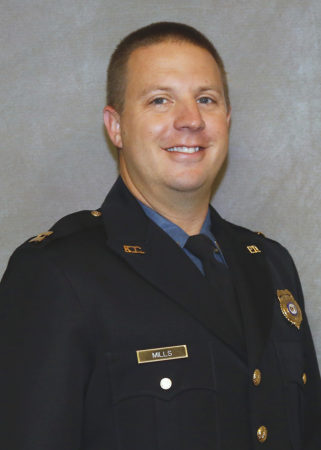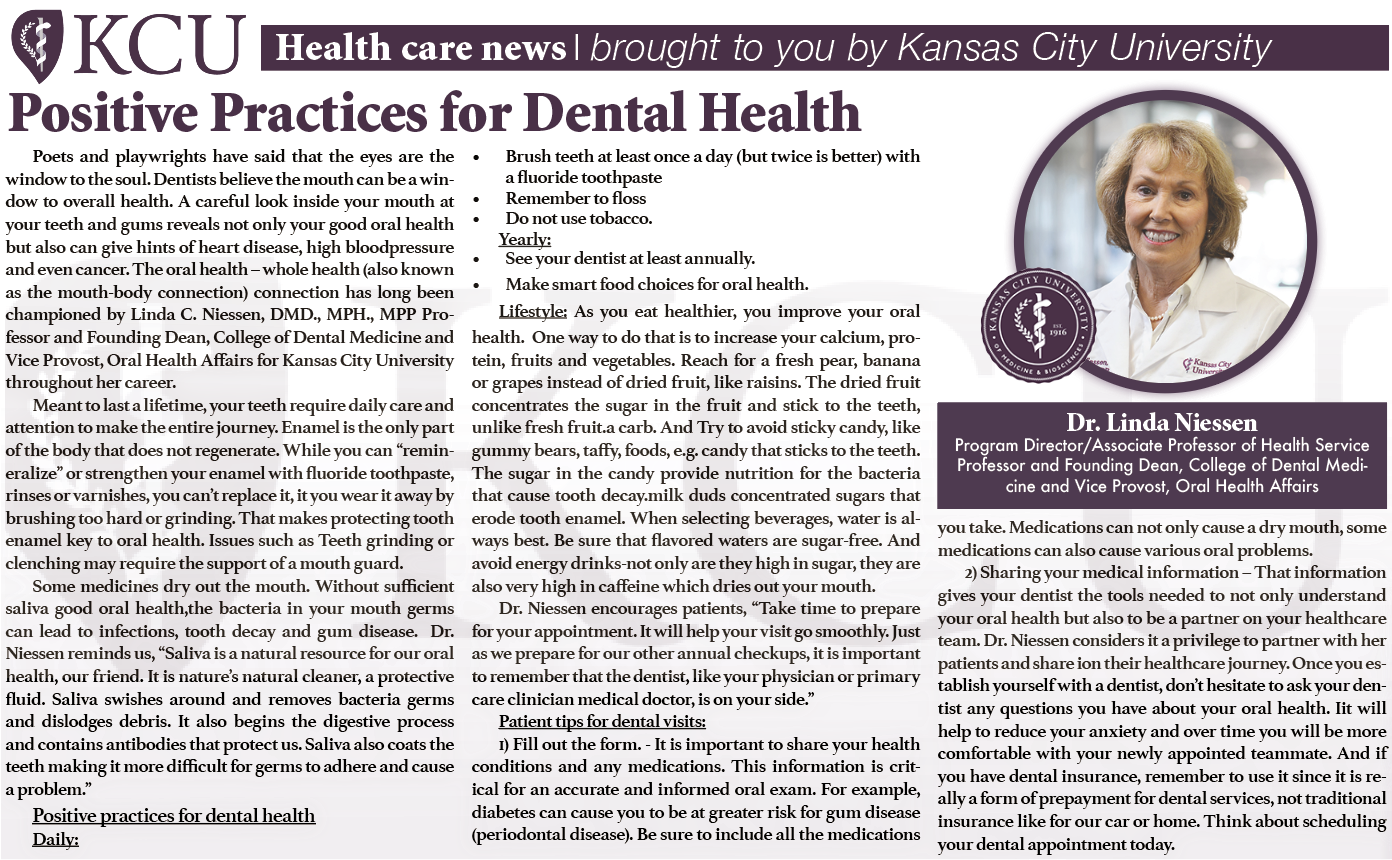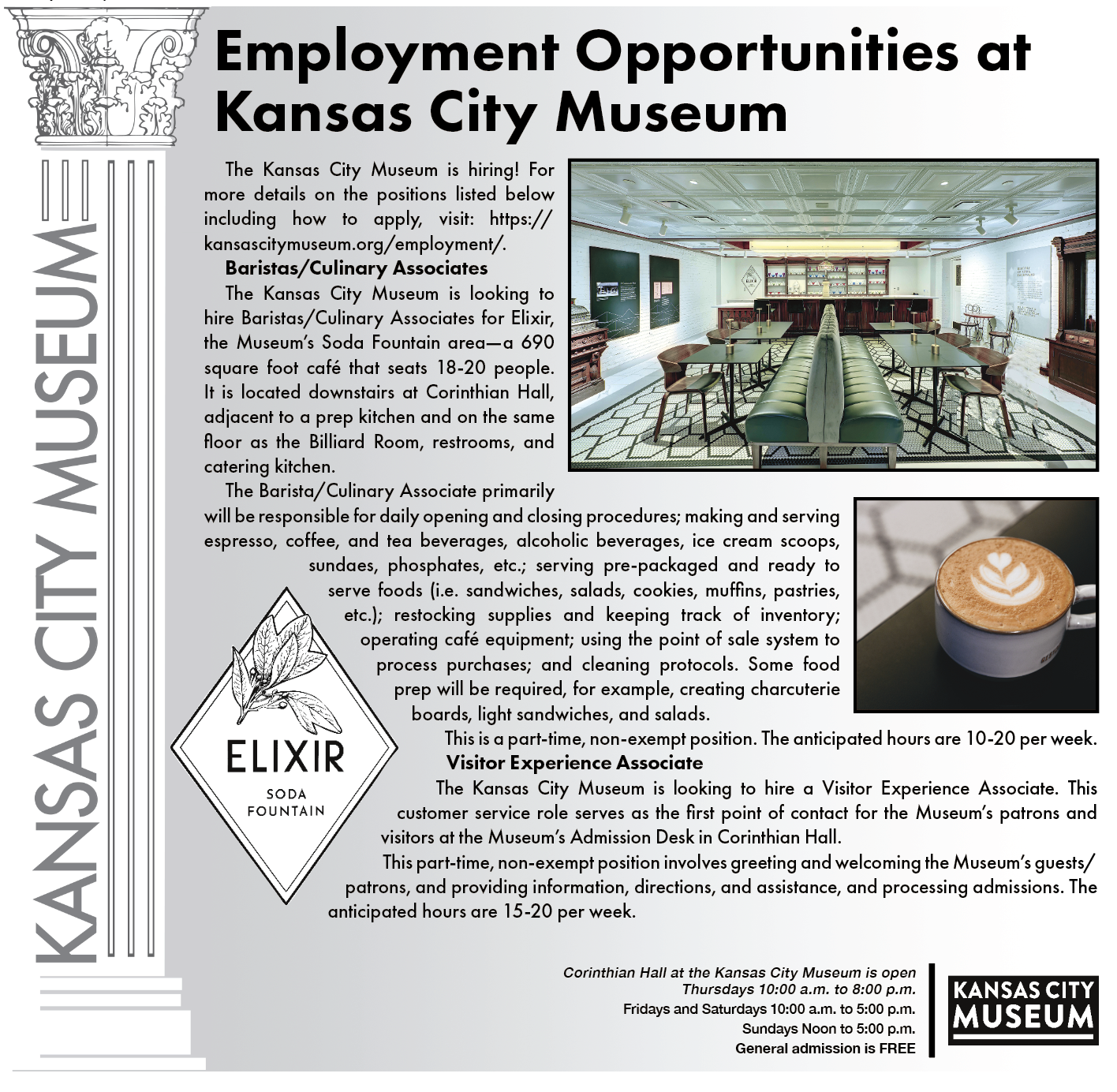
Abby Cambiano
Northeast News
The Northeast is saying goodbye to East Patrol Captain Ryan Mills, on October 27. After three years at the East Patrol Division, Mills will be joining one of the Kansas City Police Department’s Tactical Response Teams.
The work Mills has done in the Northeast has not gone unnoticed.
“Those of us who worked closely with Captain Mills on the Scarritt Renaissance Block Watch Network are extremely sad to hear the news that Captain Mills is being transferred,” said Leslie Caplan, President of the Scarritt Neighborhood Association. “We accomplished so much with his leadership and support and now there will be a huge void. He was so committed to our neighborhood that he would contact us at all hours of the day or night, weekends, or when he was traveling for work or pleasure.”
Mills said he spent the majority of his time, effort and energy in the Northeast. It is where he has seen the most cooperation and neighbors willing to engage on a different level.
“If you look back about two years ago in the Northeast area, crime was starting to run rampant, it was getting out of hand. It was the fastest growing location for violent crime in the entire city. One day there was a homicide, a guy killed in an alley, and that was kind of the pinnacle that changed my focus and what I wanted to do. I thought, ‘You know, this is a cool neighborhood, a cool area, the people really engage and I see a lot of potential and promise here but at the same time I’m standing in an alley with somebody who’d been murdered.’ It was that homicide where community involvement really is what solved it.”
Thanks to a civilian’s camera that caught some information about the suspect, KCPD was lead to identifying the person responsible. Mills said the police can only do so much without cooperation from the communities they work in, and he appreciates the continued involvement in the Northeast, including going door-to-door with officers talking about KC NOVA and Block Watch.
“There are not many people as committed as he was to his work and we are a better neighborhood because of his efforts,” Caplan said. “He follows in the footsteps of our former Major, Chief Rick Smith, and our former CIO Jason Cooley with regard to his commitment to policing and working with the community.”
Mills is being replaced by Captain Gideon Cody, who is currently at the North Patrol Division as their night watch captain.
“He’s got to be able to step outside the box and realize this entire patrol division… they want to be engaged and they’re really a receptive group and there’s a lot of potential here. I think if you want to be successful you have to tap that potential.”
Mills said policing in Kansas City has changed over the past five to seven years.
“Where we used to look at policing as an enforcing action, we had our thing that we did and we stayed within this box and we stayed within our niche and we tried to put the bad guys in jail and if it didn’t fall into that box we didn’t do it,” Mills said. “Well, we’ve changed. We partner with the community way more than we did.”
During Mills’ first year at East Patrol, he worked on Hot Spots in the community, focusing on community involvement and relationships. The past two years Mills has been assigned to Watch 2, or the daytime shift. This has given him the opportunity to work with community leaders and civilians throughout the Historic Northeast and the whole East Patrol Division. East Patrol is responsible for about 45 square miles of Kansas City.
“I still think we have a ways to go and I think we look at things differently if we step outside the box: using social workers, the homeless population has been a big problem as of late and we’re trying to look at different ways to address [that] and the problems that come with homeless populations.”
Mills remembered, “We identified and arrested the burglar, a homeless guy breaking into a bunch of houses. Well then he got out for whatever reason and it took us forever to get him back in custody. Now that was a big win.”
“The violent crime rate in the Northeast has been amazing, it’s dropped a huge amount … you look at it now and it’s not like it was before,” Mills said, and although he knows bad things are still happening, it is just less frequent.
Mills and Bryan Stalder, President of the Indian Mound Neighborhood Association, remembered a previous summer when the Northeast was home to nearly 20 percent of the city’s homicides and neighbors did not feel safe in their homes. East Patrol focused more of their attention and resources in the Northeast, and hopes to maintain or improve on the lowered violent crime rate.
“When I go to crime meetings, I don’t ever talk about the stats unless somebody wants to know it. I tell you, ‘If you don’t feel safer in your neighborhood, then I’m not doing my job.’ I can tell you any stat… but the number doesn’t mean anything to you in context. The way you feel when you go outside to get your mail or you take your dog for a walk, that’s what’s important to me.”
“It’s been tough for kids and we’ve had a lot of kids involved in things kids shouldn’t be involved in. Up until a couple years ago there was nothing for kids to do on the weekend … This past year, no police [on the Plaza]. We used to have 30 officers a night, we didn’t have to.”
Mills credits the change to the addition of social workers on each patrol, opening the PAL center and the Boys & Girls Club on the weekends, and the Youth Police Initiative.
“That’s what’s fun to me. Police work to me isn’t just putting people in jail and arresting them and writing tickets. That’s not my style, really. That’s what some people need, their place is in prison, but not everybody. That can’t be our only answer.”
He is being transferred to a Special Operations Tactical Response Team. Kansas City has three teams who cover the whole city. Mills was Special Operations officer around 13 years ago, but said the job has changed a little since then.
“We have 3 SWAT teams that their job is to serve search warrants, do dignitary protections, if we have an operation 100, like an armed or barricaded person in a house, those are the guys that we call.”
While Mills’ new position in charge of one of KCPD’s SWAT teams does not involve as much community engagement, he hopes to continue the friendships and professional relationships he has made during his time at East Patrol.
“We find solace in the fact that he remains with KCPD and will continue to be a resource and a friend to us regardless of where he is stationed,” Caplan said.
“There’s not a community policing aspect to a SWAT team, but I think there’s a huge opportunity there and I think that I learned the ability to step outside the box and look at things through a different set of lenses that maybe there’s a way I can use that and implement a little bit of that in the assignment.”
He said he hopes the community can recognize that Tactical Response Teams are just like other officers.
“I think that what Captain Mills is saying here is important because he’s somebody that’s established a relationship within the community,” Stalder said of Mills’ hope for how the community views Special Operations teams. “He’s somebody that we can relate to and we do recognize as somebody who cares and understands.”
“We live in a world that, unfortunately, is filled with people who are extremely violent at times. You know, we’ve seen that nationwide and locally. There is a need for some of those armored cars and different weapons to keep our community safe. We’re always reactive – we’re reactive to what the bad guys are doing and it would be nice if we could talk everyone out of doing everything, but it doesn’t work that way, and at some point we have to take some type of action to keep our neighborhoods and communities safe.”
Mills said there is a time and place for community policing, referencing the shooting on the Country Club Plaza on October 23 as a time to make sure people were safe in the moment and put community policing on hold.
“The more we just talk about things, the better off we do,” Mills said of being transparent with the community and his willingness to explain why officers do the things they do.
“The best part about working in the Northeast has been the people,” Mills said. “When I think about that I don’t just think of the officers and the staff, but I think about the neighborhoods and the community and the residents that live (here). It’s been really cool.”



















